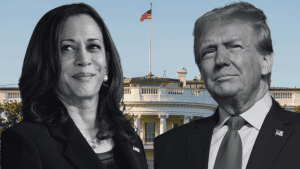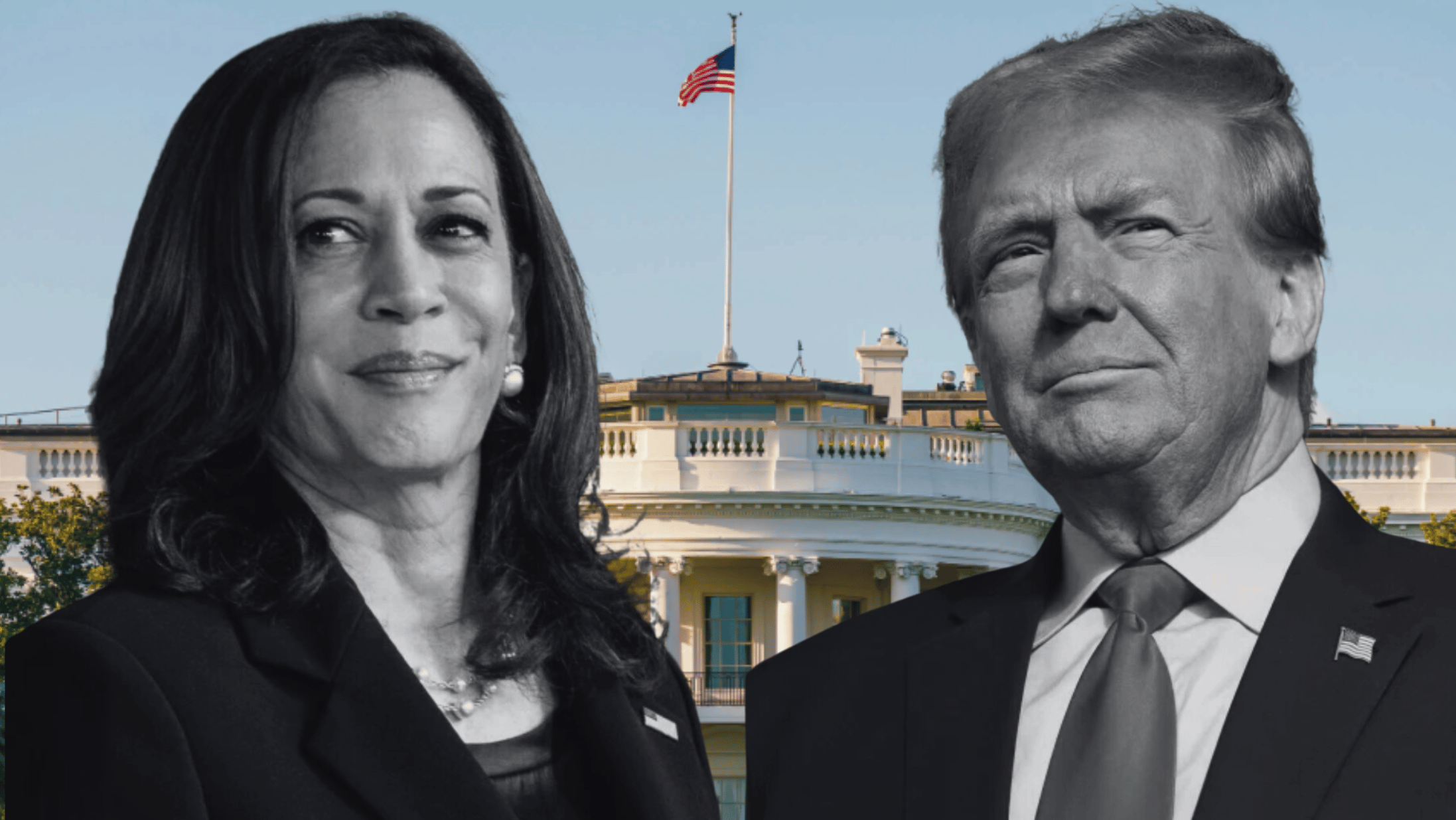[vc_row][vc_column][vc_column_text]The coronavirus pandemic has permanently reconstructed the workplace.Over the past six months, we’ve undergone a widespread shift from in-office to remote work. And, we’re about to undergo the next shift from remote to hybrid teams.
Organizations are mapping their return to work strategies, with many planning a gradual transition back to office starting this Fall. A probable scenario is a blended one, where some teams will be working in-office, while others working from home.
According to research firm Global Workplace Analytics, 25 to 30 percent of the workforce will be working-from-home multiple days a week by the end of 2021.
A blended workforce presents both opportunities and risks that organizations must carefully consider when responding to the present and in preparation for what’s next.
Assessing the opportunities
Remote work opens up a global talent pool. Canadian companies can seek the best talent without being limited by geographic borders.
With modern productivity hubs, such as Microsoft Teams, multi-national teams can work seamlessly without compromising security or compliance. Built-in, real-time translation capabilities further extend our ability to find the right talent for the right task.
At the same time, Canadian workers can also be exposed to global employment opportunities and will become less reliant on local economic conditions. It’s a win-win outcome.
Hybrid teams also create opportunities for more inclusive workplaces by catering to different workstyles, preferences, and life circumstances. Just as standardized testing within education does not always provide accurate student assessments, standardized, homogenous workplaces are not conducive to high performance for all employees. Greater workplace flexibility can lead to better employee satisfaction, mental health, and on the job performance.
The shift to remote work has also created outcome driven mindsets across the team. Productivity assessments and performance evaluation come down to what people produce and not whether they meet an ideal of a “good employee”.
Defining the risks
One of the biggest risks for hybrid teams is creating an uneven playing field for in-office and remote team members. Management will need to adapt their strategies to “see” and “be seen” virtually and physically.
The grass is greener mentality that the other side of the fence has it better is something that management will need to combat. Using tools, such as AgilePolly, to maintain daily standards will be crucial to ensure there is visibility into workloads across the team to ensure feelings of fairness.
Organizational culture will undergo the ultimate stress test. According to a recent Microsoft survey, “60 percent of employees feel less connected to their colleagues since working remotely more often”. New building culture practices will be required that unite a physically distanced team. Responsible in-person meetings will play a crucial role in maintaining connection. In addition, new rituals such as hosting “Friday Failure” sessions where team members share challenges and learnings will be critical to building and maintaining trust.
I believe the future of work will be blended. A fusion of remote/in-office team members, contract and full-time employees, global resources, and automation technologies to meet agile workflow demands should be expected.
Pre-pandemic organizations were experimenting with mixed reality solutions that make remote collaboration feel more realistic. Specifically, imposing holographic content onto physical environments to simulate scenarios in-real time. These types of immersive experiences will redefine “telepresence” with manufacturing, automotive, architecture, and entertainment industries first in line.
As we look forward, all managers will need to relearn how to lead as we shift to hybrid teams and blended work environments.[/vc_column_text][vc_separator][vc_row_inner][vc_column_inner width=”1/2″][vc_single_image image=”19471″ img_size=”full”][/vc_column_inner][vc_column_inner width=”1/2″][vc_column_text]Referred to by Forbes as a “millennial expert,” President and Founder of the Intercept Group, Au is a modern business leader who helps global blue-chip brands respond to the new culture and nature of work. Through his innovative work, he was the youngest person to be inducted into the Entrepreneurs Organization at the age of 22. Andrew is among the few Canadians to be named to Forbes’ 30 Under 30 list and has received over 35 domestic and international awards for business innovation and thought leadership. [/vc_column_text][/vc_column_inner][/vc_row_inner][/vc_column][/vc_row]













